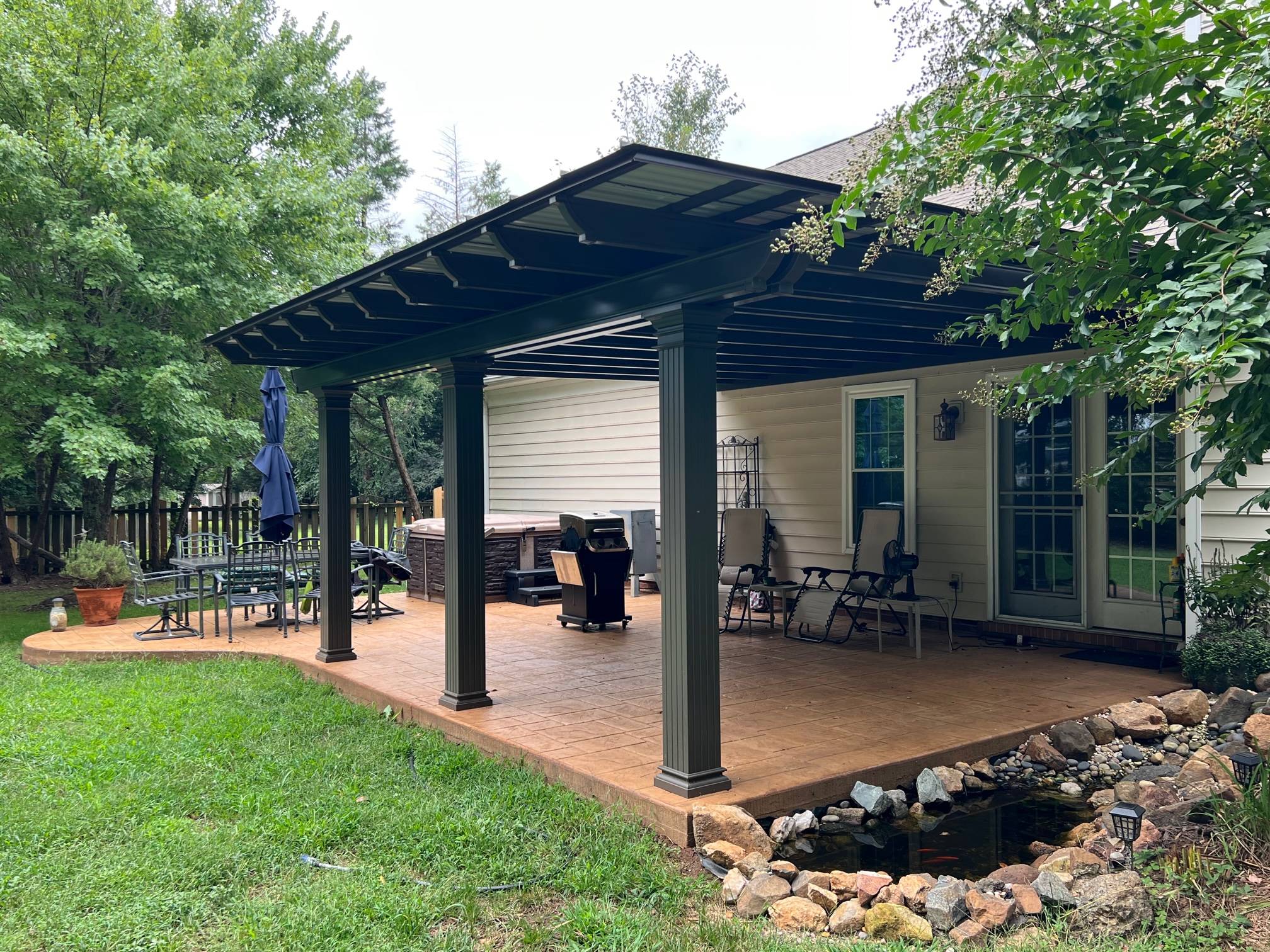Whether you’re looking for a unique way to update your patio, pool deck or driveway or want to add value to your home, Stamped Concrete is a great option.

It’s available in many different patterns and colors. It’s also durable, long-lasting and easy to maintain. Stamped concrete is a great choice for patios, driveways and more. It’s easy to maintain, durable and affordable compared to other paving materials like pavers.
It’s also extremely customizable. You can choose patterns, colors and textures that match your home’s architectural style or landscape.
For example, if your house has brick exteriors, you can use a brick-patterned border for a stamped concrete driveway or patio. You can also use a combination of stone, tile and textured concrete elements in your stamped concrete design.
You can customize the color of your stamped concrete, too. There are a variety of options, including acid staining, exposed aggregates and other coloring techniques. You can also mix colors and create a unique look that suits your taste and your budget.
A good quality sealer will protect your stamped concrete and prevent stains from forming. You should reseal your stamped concrete every two to three years, depending on the climate where you live.
To keep your stamped concrete clean, you should sweep and mop it regularly. For a deeper clean, you can use a power washer or a diluted liquid cleaner, but be sure to rinse it thoroughly.
It’s also important to keep your stamped concrete free from dirt, leaves and other debris that may scratch the surface. Sweep the area weekly with a broom or leaf blower and rinse it down with water when needed.
Another way to help your stamped concrete retain its luster and sheen is to apply a fresh coat of sealant whenever it’s required. This can take a few months, but the new coat will protect your stamped concrete and keep it looking its best for years to come.
In the winter, freeze and thaw cycles can damage your stamped concrete. You can avoid this by removing any snow and ice as soon as possible. Deicing salts can also cause the sealant on your stamped concrete to crack or peel.
If you’re thinking about installing a stamped concrete feature in your yard, talk to a professional installation technician about what steps you can take to ensure your concrete will last for years to come. They can recommend the right sealant for your property and help you understand how to care for it.
Concrete is one of the most durable and long-lasting building materials on the market. It is used to build sidewalks, patios and driveways, among other things.
Stamped concrete is a type of decorative concrete that is often used in outdoor spaces to enhance the look of buildings and homes. The process involves using special tools to imprint the surface of concrete with a pattern or design.
This process can be done by a contractor and can help to achieve a beautiful, natural-looking finish. It can also be used to mimic many different types of materials, including slate and flagstone.
Aside from being durable, stamped concrete is also very low-maintenance. The material does not require weeding, never needs to be repaired, and can be painted in a variety of colors and designs.
Efflorescence, weathering and traffic can change the color of your stamped concrete over time, but it’s easy to restore its appearance by periodically cleaning and resealing it.
The process of pouring stamped concrete is the same as traditional concrete, but it is usually sealed to protect it from stains and water damage. Sealing is more necessary in areas with harsh winters and heavy rain.
It’s also important to remember that a lot of work goes into the construction of concrete, so it’s best to have it done by a professional contractor who has experience with this type of work. This includes preparing the sub-base, selecting the right color and pattern, and pouring the concrete.
Once the concrete has been poured, it is stamped to create a design. The designer can choose from a wide range of patterns and textures that mimic natural-looking materials, such as brick, tile and slate.

